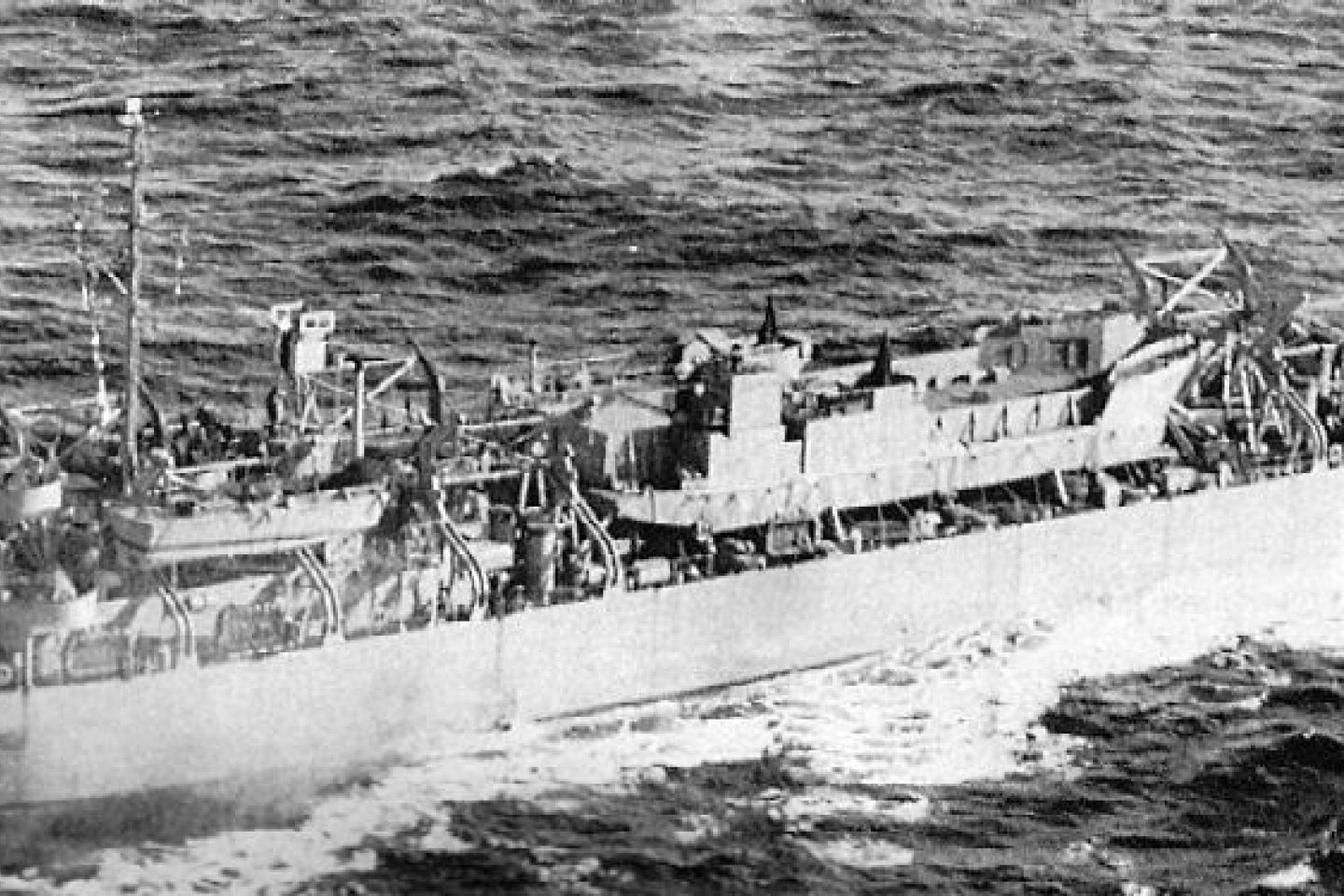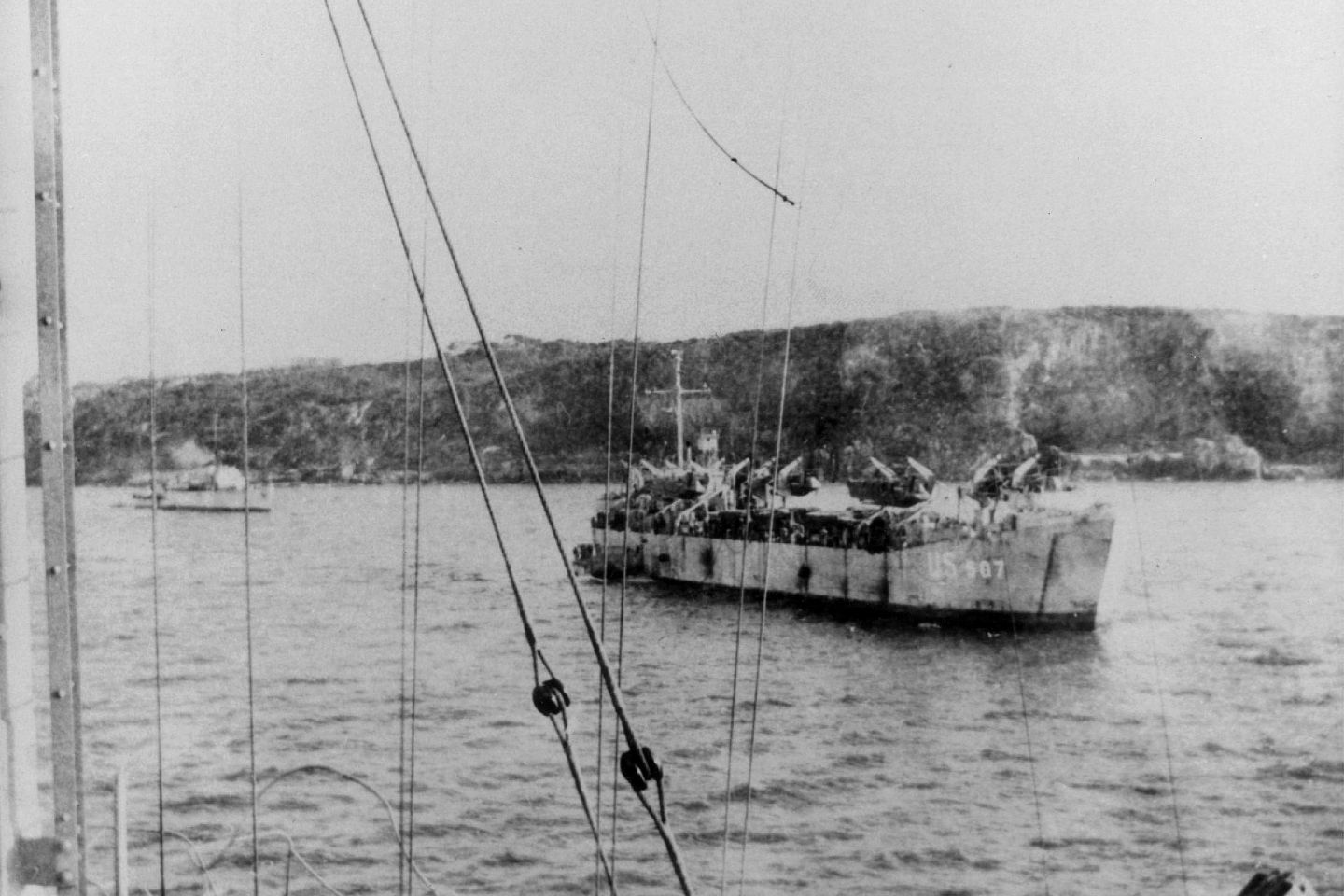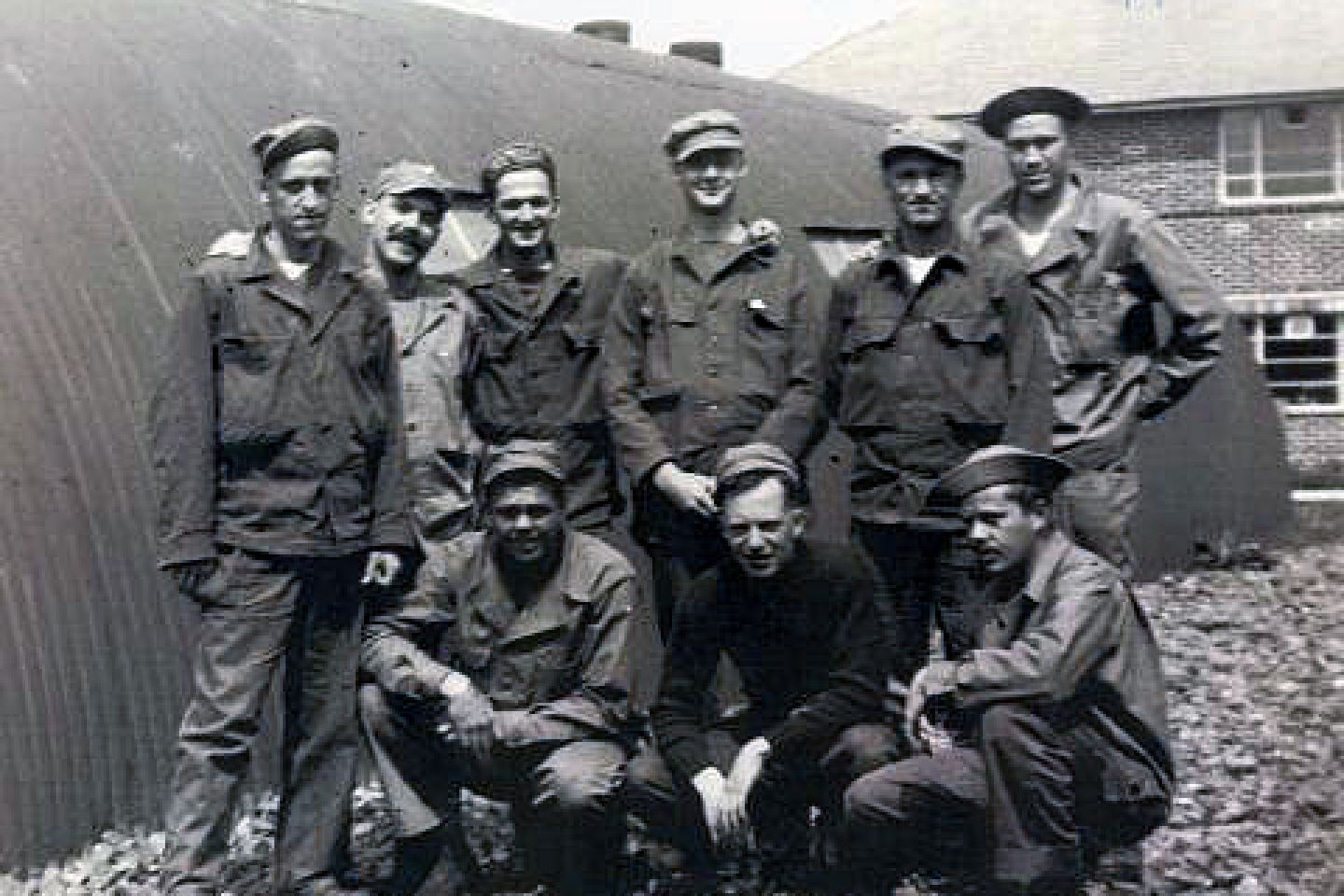LST507
LST507, a tank landing ship, was laid down in September 1943 and launched in November 1943.
Commissioned on 10th January 1944, she sailed from her building yard in New Orleans, Louisiana. After being commissioned, Lt. James S. Swarts, D-V(G), USNR, was in command. LST507 reported for shakedown on 26th January and departed South Pass on 19th February for New York. She then departed New York on 5th March and reached Boston, Mass., the next day. LST507 sailed in convoy BK-99 for Nova Scotia on 10th March and Halifax on 12th March. Arriving in English waters on 28 March 1944, LST507 reported for duty with the Twelfth Fleet on 3rd April. By the end of the month, the tank landing ship was participating in preparations for the invasion of northern France.
On 28th April 1944, LST507 was hit by a torpedo on the starboard side, causing the ship to sink by the stern. The German E-boats also torpedoed LST289 and LST531, sinking the latter. Lt. Swarts ordered the ship to be abandoned, and Swarts relinquished his own life belt. LST515 picked up the survivors, and Swarts succumbed to exposure and shock. He was later awarded a Bronze Star for his heroism.
Survivors included 94 naval officers and enlisted men on board and 151 soldiers on board at the time of the torpedoing.
The US Army units aboard LST-507 were the 478th Amphibious Truck Company; 557th Quartermaster Railhead Company; 33rd Chemical Company; 440th Engineer Company; 1605th Engineer Map Depot Detachment; 175th Signal Repair Company; 3206th Quartermaster Service Company; and the 3891st Quartermaster Truck Company.
The vehicles on board LST-507 were 16 Army trucks and landing craft on deck (two 1/4 ton trucks, one 3/4 ton truck, thirteen 2½ ton trucks); and 22 amphibious DUKWs in hold.
LST507 was stricken from the Navy Register on 9th June 1944.
In 2018/19 Historic England commissioned a survey that was able to confirm that LST507 lay in two separate bow and stern sections and was inverted, the ship having capsized as it sank. The wreck is a military maritime grave and remains the property of the US Government.
Specifications: |
| |
History | LST-1 Class Tank Landing Ship (Mk 1):
| |
Commanding Officer(s) |
|



